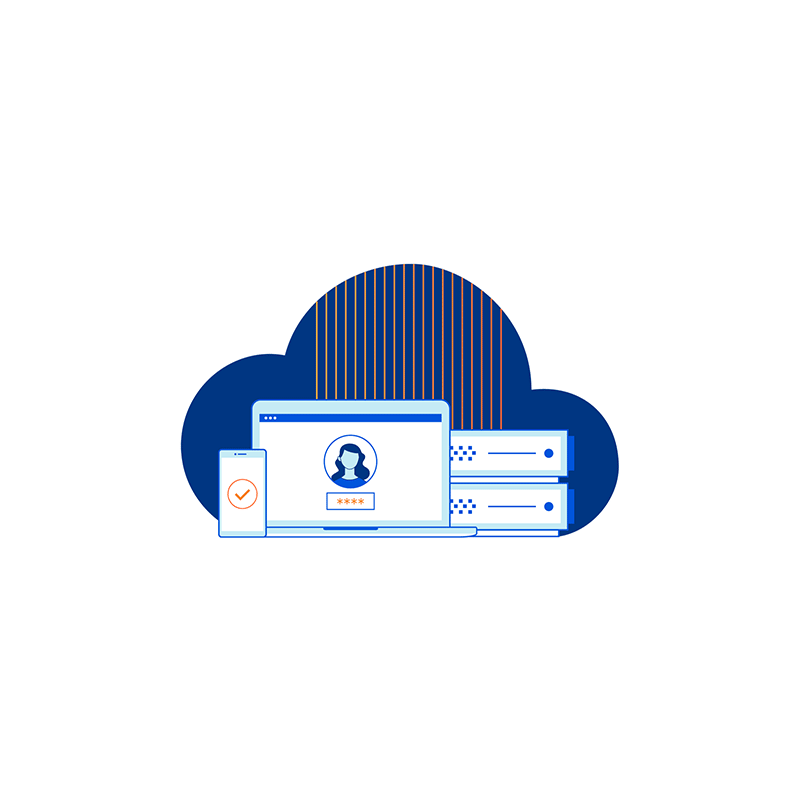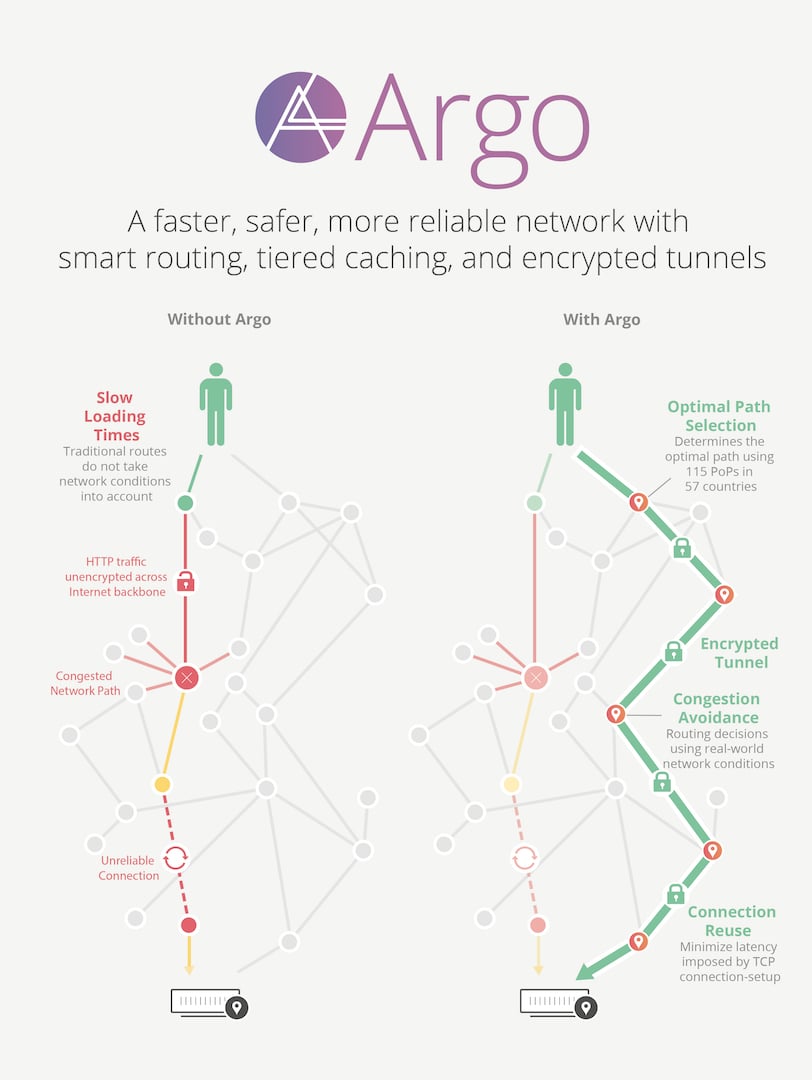
This means your DNS requests go straight to your ISP and they can see (and potentially store) the domain of every website that you visit (if you’re using HTTPS, then this applies only to the domain, not the path, so is visible but /6/on-cloudflare-warp-privacy/ is not). If you haven’t done anything special to configure your DNS, then you’re probably using your ISP’s DNS provider. The name “1.1.1.1” refers to two things: A DNS service that can be configured manually 1, and an app in the App Store, that automatically configures your device to use their DNS provider via a VPN. The second advantage, one that’s much more subtle and interesting, is privacy. Until Warp arrives, the 1.1.1.1 app just configures your device to use their DNS provider, which Cloudflare touts as having a couple of advantages: The first is speed, Cloudflare is a CDN, and therefore has the infrastructure to make a fast DNS service ( DNSPerf currently ranks them as the fastest DNS provider). Once you’ve done that you’ll see an option to claim your place in line for Warp.
#Cloudflare warp download
If you don’t yet have the 1.1.1.1 App you can download it free from Apple or Google.
#Cloudflare warp update
If you already have the 1.1.1.1 App on your phone, you can update it through the Apple App Store or the Google Play Store. So, beginning today, what you can do is claim your place in line to be among the first to get Warp. If you’re interested in trying it out, you can claim your place in line in the 1.1.1.1 app: To pull it off, we needed to understand the failure conditions when a VPN app switched between cellular and WiFi, when it suffered signal degradation, tried to register with a captive portal, or otherwise ran into the different conditions that mobile phones experience in the field.

We had a plan on how we could radically improve the performance, security, and privacy of the mobile Internet well beyond just DNS. Truth be told, the 1.1.1.1 App was really just a lead up to today. Warp will be added to the 1.1.1.1 app, which, as of now, acts as an easy way to setup their “privacy-first consumer DNS service”, also called 1.1.1.1, on your mobile device: This configuration will block the Application (Cloudflare.1.1.1.1.VPN) to connect.Cloudflare recently announced Warp, their performance and security focused VPN. In order to block the Application even after the application registers itself, for example, the PC/Device has already got its Device ID and the app is already existing in the user environment then follow the steps below.ġ) Create a firewall address group with range: 169.159.0.0/16Ģ) Create 'Custom service' with UDP ports: 2408, 500, 1701, 4500ģ) Configure a firewall policy and set the address group created above to be the 'Destination' and Custom Service ports created on the 'Service' fields respectively.Ĥ) Set the firewall policy Action to 'Deny'.

WARP can fallback to: UDP 500, UDP 1701, or UDP 4500. By default, the UDP Port required for WARP is: UDP 2408. WARP utilizes UDP for all of its communications. Traffic from the device to the Cloudflare edge will go through these IP addresses IPv4 Range: 162.159.193.0/24 When installing this application for the first time it tries to register the device to the WARP Cloudflare site and provides the device (PC) a Device ID. It is found that when setting up the application control signature (Cloudflare.1.1.1.1.VPN) on the application profile and applying this in the firewall policy will only block the use of this application when the PC/Device is not yet registered and it has not got a Device ID yet.
#Cloudflare warp how to
This article explains how to block (Cloudflare.1.1.1.1.VPN) even when configuring Application control signature available in FortiGate to block WARP does not block it if the application is already downloaded and registered with Device ID.


 0 kommentar(er)
0 kommentar(er)
